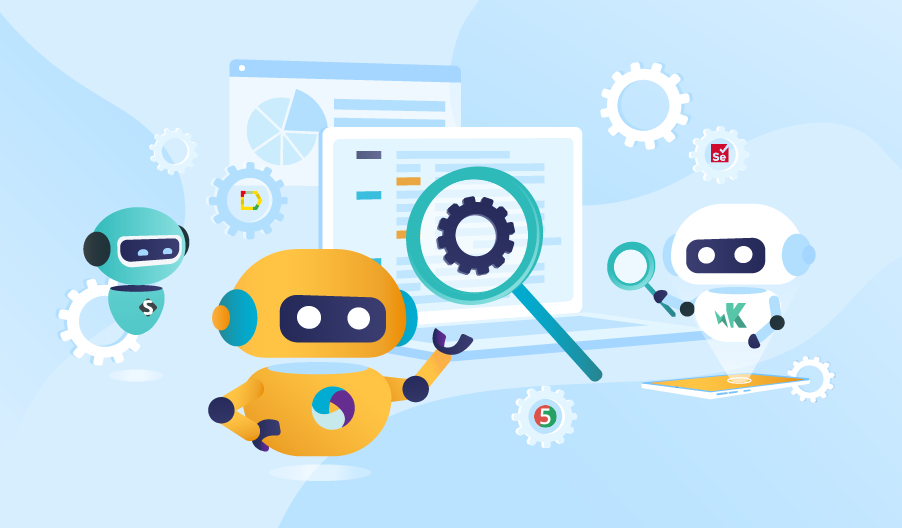Effective practices for API Test Automation
Application development is becoming more difficult as a result of shifting user preferences and the constraints offered by digital technology. Application Programming Interfaces (APIs) are tested at the message level, which is crucial since it determines their accessibility, performance, functionality, and security. API testing is the quickest way to integrate into online Product Development workflows. API testing, on the other hand, might be complex, implying that testing activity must be carefully organized and adhere to specific best practices.
Automation Testing
Test automation has been proposed for a variety of testing kinds and classifications. It not only improves speed, but it also assures correctness and complete coverage of the tests. To eliminate any potential mistakes, discover flaws early, and assure quality throughout the application development cycle. API test automation is required. Automated Testing, on the other hand, is a strategic decision that necessitates a scope of work and a strategy for implementation.


API Testing


API testing allows developers to do self-tests at a cheaper cost, which is ideal for small businesses with limited budgets and resources. It also assists in the detection of security flaws that may go undetected when other application testing is being carried out. Security checks during API testing are one of the most important tests, since they might affect your application’s secure interface. Your users will experience a secure UI and the application will be safe from internet breaches if you implement a secure API. As a result, Test Automation frameworks and tools are advised for making API testing perfect and efficient.
API Testing with Test Automation
In general, Test Automation is required to make the testing process more efficient, smoother, and consistent. We’ll look at some intriguing best practices in this post that will help you improve your API Test Automation process.
Create a shared library for recurring testing.
Tests must be repeated in order to verify and confirm a behavior, particularly to confirm comparable behaviors. In that instance, it’s a good idea to develop a common library that collects all the test requests and streamlines the testing process.
Ensure that your exams are clear.
It is critical to develop unambiguous tests that enable troubleshooting while creating tests for automation or frameworks. As a result, you won’t have to pay notice when tests are running and failing because the flaws will be obvious.
At the same time, you may make a list of causes for failure, such as faulty frameworks, test environment difficulties, feature faults, or unstable product or application situations. While this is being evaluated, other components of the application should also be examined. The failure clause in the application, for example, should be explicitly stated. If there is any extra information, it should be included in the report. All failed tests and data from these tests should also be stored for future reference.
Make a chart of your test.
As previously said, planning and structuring your tests in such a manner that they lead you throughout the testing cycle is crucial. The tests should be adaptable to diverse systems and run in a variety of test settings with varying configurations. Throughout the development process, this blueprint must be tracked and referenced to.
To make the tests easier to run, divide them into sections.
Recognize that these are the essential elements of a good test automation plan. Splitting the tests is advised to make implementation and tracking easier. The first tests would be to set up the testing environment and resources. These tests may fail, but they will aid you in identifying flaws in the first round. When the execution begins, a separate set of tests assists you in verifying the expected outcomes or behavior from the application or API.
The post-test step is when the system resources erase or reset the tests. Modifications may be made to get specific effects or to test certain API behavior. Only a certain type of data may be utilized to activate a specific behavior during this phase.

